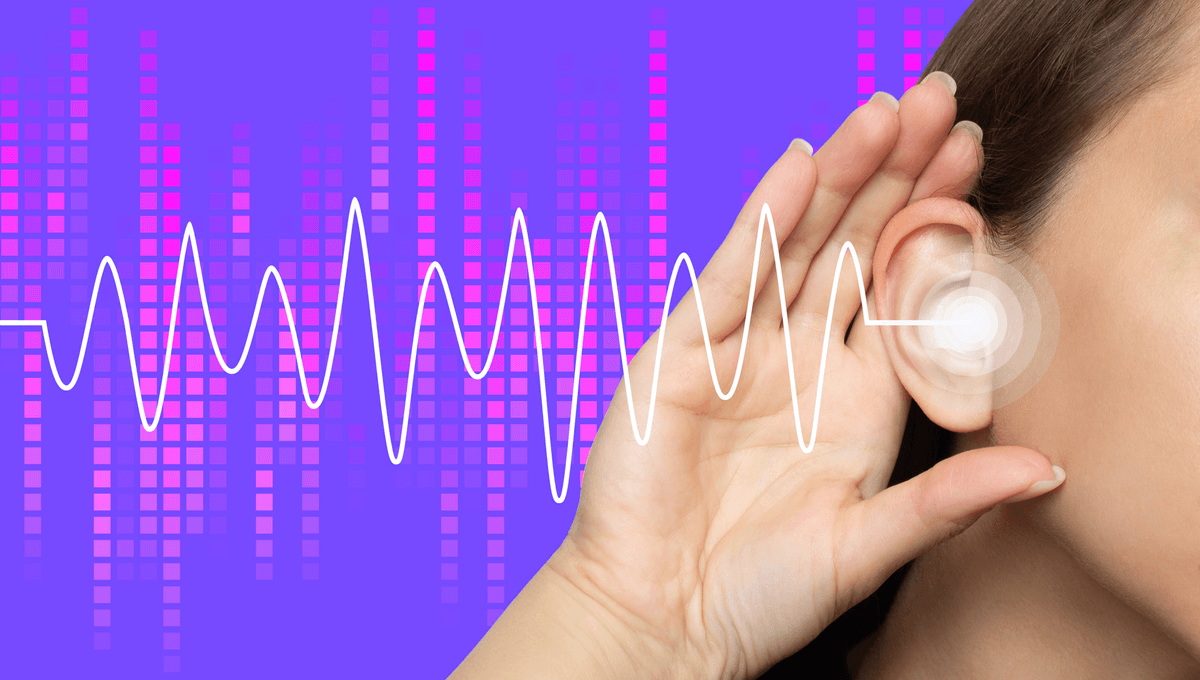
Some humans have what appears to be a real superpower – they can use sound to “see” in a similar way to Marvel’s Daredevil. In fact, human echolocation has been so advanced that some people have been able to do things like ride bikes or even play ball games. And now researchers have found a way to train people so they too can develop this skill.
Echolocation is the ability to perceive the environment through sounds as they echo around a space. The ability is known to be used by certain animals, like bats and dolphins, to determine the shape and location of objects by hitting them with high-frequency sound and listening to it bounce back.
This enables them to track otherwise invisible prey, but the ability has also been recorded in some visually impaired humans who use it to navigate the world around them. This is achieved by making sharp clicking noises with their tongues and using the echoes to build a “mental picture” of their surroundings.
Brain-image scans of accomplished human echolocators have shown responses to sound in their brains’ primary visual regions. This led to the belief among scientists that this incredible ability is the result of prolonged sensory loss that triggers the brain’s neuroplasticity. That is, that the brains of people living with impaired or no sight gradually repurpose their visual regions so they can “see” with sound.
But it is now known that this is not the case, as both blind and sighted people can actually learn echolocation over a short period of time.
However, this subject is still under-researched, and there has not been any comparative work conducted on trained blind and sighted people. To address this, researchers from Durham University and the University of York in England recently investigated the neuroplasticity of both blind and sighted people who completed a short-term training course on echolocation in adulthood.
The team trained 14 sighted and 12 blind people in echolocation over a 10-week period and used MRI scans before and after the training to measure how participants’ brains changed.
The first step was to teach participants how to create clicks with their mouths and then how to perform three tasks – judging the size and orientation of objects and then how to navigate virtual mazes. In this third task, participants moved through the maze with the help of simulated click and echoes recorded in real physical spaces.
In addition, each training session (sessions took place over two to three hours twice a week) included an exercise where participants explored real indoor and outdoor environments using echolocation. Of course, this was done under the watch of an experimenter.
The participants also performed a maze recognition task that included clicks and echoes in some instances, as well as having their brains scanned before and after the training. The scans showed that, after training, both blind and sighted participants had increased auditory cortex activation in relation to sound. Blind participants exhibited higher gray matter density in their primary auditory cortex, while sighted participants had a gray matter increase in adjacent sections of the temporal lobe.
Participants from both groups also showed greater visual cortex activation in response to audible echoes.
“Our results […] demonstrate functional plasticity associated with comparably short-term 10 weeks of echolocation learning in both [blind] and [sighted people],” the team write in their paper.
The results show that the idea that our sensory cortex is strictly organized by specific modality is not sustainable, as both sighted and blind people showed increased echo-acoustic activity as a result of their training.
“This provides strong evidence that the ability of a primary sensory area […] to exhibit sensitivity to input from a different modality (here: sound echoes) can be considered a normal characteristic of the typical adult human brain.”
It seems anyone can learn to use this powerful sensory tool. The team are now looking to expand and disseminate the training more widely.
The study is published in the journal Cerebral Cortex.
Source Link: We Can All Learn Echolocation – And Restructure Our Brains – In Just 3 Months